LightLead: Fibre optic guitar cable in the Dragons’ Den!
New 'optical-analogue' guitar lead receives investment
Danielle Barnet, the current singer from Urban Cookie Collective (90’s classic: The Key, The Secret), and David Holmes, the band’s engineer, entered the Den last week looking for some investment in their new fibre-optic guitar lead, Lightlead. The lead is designed for removing all the ‘problems’ with copper cables, but is it really what we want?
Iconic Sound Lightlead
Iconic Sound, Danielle’s and David’s company for this new invention, certainly went through the usual entertaining grilling from the Dragons. Peter Jones, for example, was concerned about the potential for repeat business, commenting “If this lead lasts a lifetime, then you’re not going to get any repeat business – have you thought about that?” Sarah Willingham backed out because she was confused: “I’m trying to work out if this is a great idea or a great business – there’s a massive difference.” In the end only one Dragon was left. Touker Suleyman, after pretending to play air-guitar, finally clinched the deal at 70,000 GBP for a 35% equity share.
The new ‘analogue-optical’ guitar lead uses two AA batteries and is said to remove the ‘problems’ associated with copper cables, such as breakages and radio interference. However, on reflection I’m not convinced it’s that simple. For example, we know optical cables can be easily broken – you only have to tie a knot and fracture the glass. Whilst copper guitar cables are the main source for radio interference, guitar amps themselves are also subject to picking up foreign chat shows without anything connected. There must be other issues not mentioned either, such as the resistance through a typical copper guitar cable, which adds to the tone produced by a chosen guitar and amp combination.
I’m really intrigued by the technology and there’s clearly the potential for higher quality audio. Rick Simpson for example, used the lead when producing Coldplay’s latest album. However, I think they should have focussed on the quality aspects harder than the ‘problem solving’ features. I see a greater need for the technology to be used in mic cables, headphone leads, line level multi-cores etc. I wonder how you can send +48V phantom power down the optical lead though? Presumably lots of batteries would be needed to mic up an entire stage? Is that a forward development?
Seen on Dragons’ Den
Click here to watch Dragons’ Den Series 14 Episode 2 on iPlayer (UK only), where Danielle and David come on second to win an investment from Touker Suleyman.
More Information
For more information visit Iconic Sound’s web site, where presumably we will start to see some announcements as the investment starts to take effect, bringing this product to market.
3 responses to “LightLead: Fibre optic guitar cable in the Dragons’ Den!”

 5,0 / 5,0 |
5,0 / 5,0 | 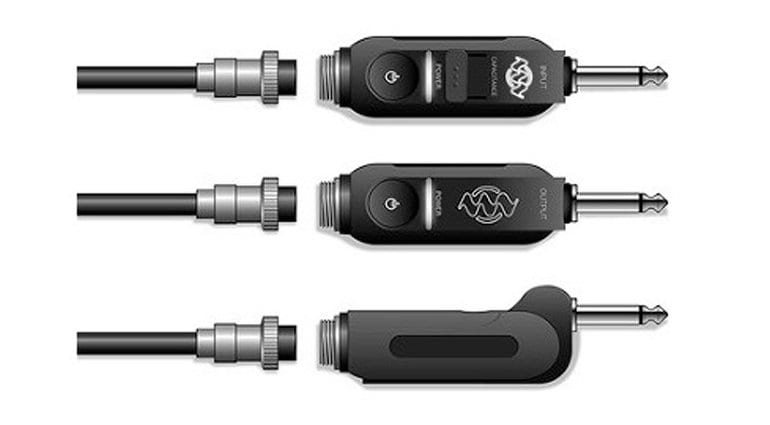


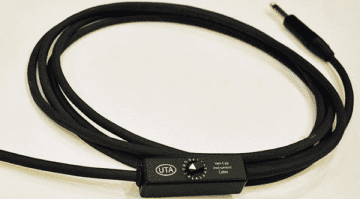
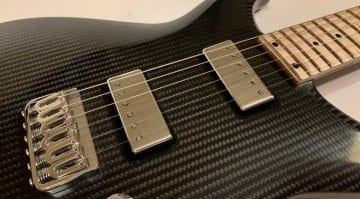
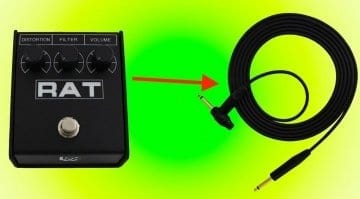
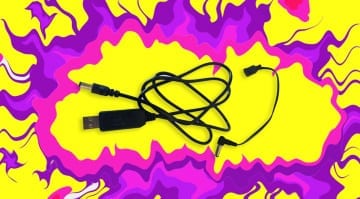
no one knows what happen?
power is not a problem, can be supplied via a copper wire embedded within the cable, so that signal goes via optics and power via copper.
I’m just thinking of the idea now I was just laying in bed and all of a sudden fiber optics and guitars and bass cables came to mind as I looked up to see if anyone else was on to the idea yet surely there was and it was lightly light leads issue is by mentioning you never need another cable they never should have said that they just killed their own product by saying that if they would have just kept it under wraps and never had said that they would be invested in heavily right now only thing you’ll be investing in now is batteries so now I want to come into the game with Alienware